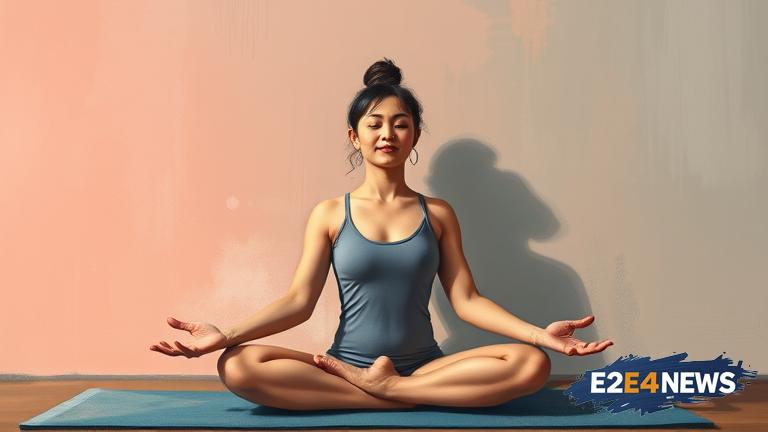In the world of yoga, it’s not uncommon to see students doing their own thing in the back of the class. While it may seem like a harmless practice, doing your own sequence can be distracting to others and take away from the overall experience. Yoga is a practice that is meant to be shared with others, and following a sequence can help to create a sense of community and unity. When everyone is doing the same poses, it can create a sense of harmony and balance in the room. On the other hand, when one person is doing their own thing, it can disrupt the energy and make it difficult for others to focus. This can be especially true for beginners who may be trying to learn the poses and follow along with the class. By doing your own sequence, you may be unintentionally drawing attention away from the teacher and the rest of the class. This can be distracting and make it difficult for others to get the most out of their practice. Furthermore, yoga is not just about the physical poses, but also about the mental and spiritual aspects. When we are focused on our own sequence, we may be missing out on the opportunity to connect with others and experience the full benefits of the practice. In addition, following a sequence can help to create a sense of discipline and structure, which can be beneficial for both the body and the mind. It can also help to prevent injuries and ensure that students are practicing safely. By following a sequence, students can learn to listen to their bodies and honor their limitations, rather than pushing themselves too hard. This can be especially important for beginners who may not be aware of their own limitations. Moreover, yoga is a practice that is meant to be modified and adapted to meet the needs of each individual. By following a sequence, students can learn to modify the poses to suit their own needs and abilities. This can help to create a sense of empowerment and confidence, as students learn to take care of their own bodies and listen to their own inner wisdom. In contrast, doing your own sequence can create a sense of chaos and disorder, which can be counterproductive to the goals of the practice. It’s also worth noting that yoga is not a competition, and there is no need to try to outdo others or show off your own abilities. By following a sequence, students can learn to let go of their ego and focus on their own practice, rather than comparing themselves to others. Ultimately, the goal of yoga is to create a sense of inner peace and connection to oneself and others. By following a sequence and working together as a community, students can experience the full benefits of the practice and cultivate a deeper sense of awareness and understanding. In conclusion, while it may seem like a harmless practice, doing your own sequence in the back of the class can be distracting and take away from the overall experience. By following a sequence and working together as a community, students can create a sense of harmony and balance, and experience the full benefits of the practice. It’s also important to remember that yoga is a journey, not a destination, and that the goal is to cultivate a deeper sense of awareness and understanding, rather than to achieve a specific pose or sequence. With patience, dedication, and a willingness to learn, students can experience the many benefits of yoga and cultivate a deeper sense of connection to themselves and others. Additionally, it’s essential to find a qualified teacher who can provide guidance and support, and help students to develop a safe and effective practice. By doing so, students can ensure that they are getting the most out of their practice, and that they are able to experience the many benefits that yoga has to offer. Overall, the practice of yoga is a powerful tool for cultivating physical, mental, and spiritual well-being, and by following a sequence and working together as a community, students can experience the full benefits of the practice and achieve a deeper sense of inner peace and connection.





